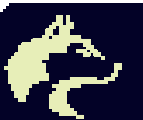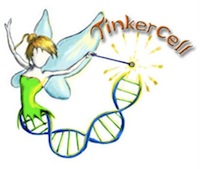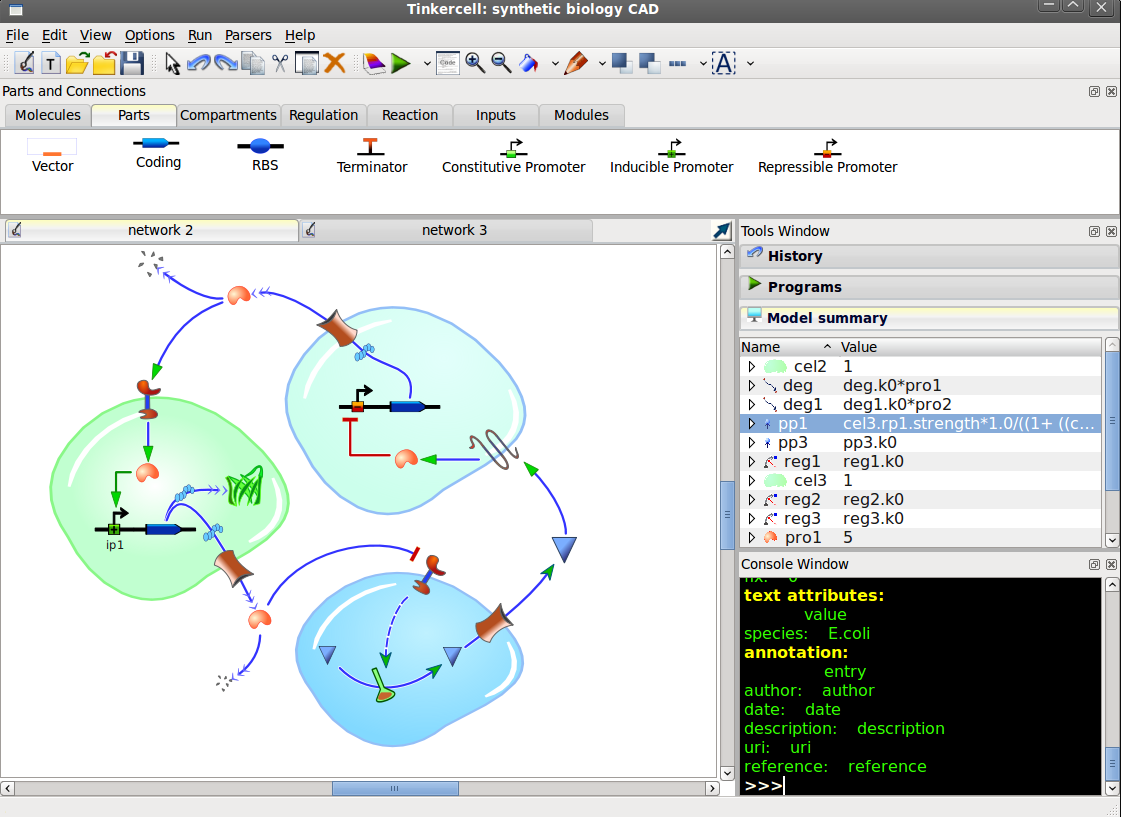Team:Washington/Tools Used/Software
From 2010.igem.org
As can be seen below Foldit uses an easily learned user interface and uses a score board to show the current player who is the best folder. You can work alone or in teams, share puzzles, and test your protein design abilities against your friends. Below we depict a small set of the MANY options that are available to you in the program [http://www.fold.it Foldit].
Try Foldit Today]
|
REPACK, a.k.a. Shake: Here we see a video of Foldit, showing one of our biotin puzzles "Hold Me Tightly". The protein is represented as a cartoon model, showing off its secondary structure as well as key amino acid groups. Steric clashes of the amino acid side chains show up as red balls and can also be observed in the video. These steric clashes can be removed with the Shake Function. The Shake function in Foldit performs coarse sampling of the amino acid conformations, looking for a global-minima. |
|
REDESIGN, a.k.a. Mutate: The function we see here is the Mutate function. This allows the user to sample many amino acids at a particular site, or the whole protein. Mutate looks for global-minima while sampling amino acids. As is seen here Alanine is mutated to Asparagine. The blue and white striped band indicates that a hydrogen bond has been formed, which is a favorable interaction between two polar residues. |
|
MINIMIZE, a.k.a. Wiggle: Another nice feature of Foldit is the ability to select a sphere of amino acids around your ligand, and optimize these amino acids based off of a fine sampling of conformations. Here we see the amino acids surrounding the ligand being selected and having the Wiggle function performed on them. The Wiggle function in Foldit allows the user to fine tune the protein structure. Finding a local-minima for the amino acid conformations. |
TinkerCell is being developed by [http://openwetware.org/wiki/User:Deepak_Chandran Deepak Chandran] as part of his PhD work with the [http://www.sys-bio.org/ Sauro Lab]. It's a computer-aided design tool for synthetic biology that can be used to model genetic networks and other complex sets of reactions. Eventually, it will retrieve a list of available parts from sources like the [http://www.partsregistry.org/Main_Page Registry], but for now generic parts must be added and their parameters specified manually.
The University of Washington iGEM team is writing Python plugins to extend its functionality using the [http://tinkercell.sourceforge.net/CAPI/index.html plugin API].
To learn more about TinkerCell, see the [http://www.jbioleng.org/content/3/1/19 Journal of Biological Engineering paper]. Or visit the [http://tinkercell.com homepage] to download it and start modeling your own systems.
 "
"



